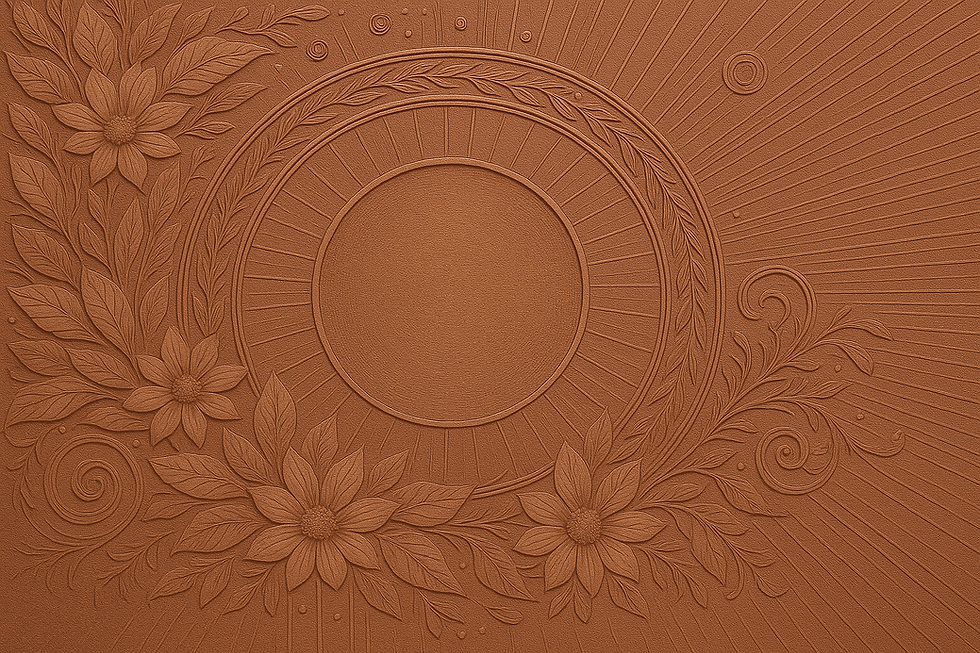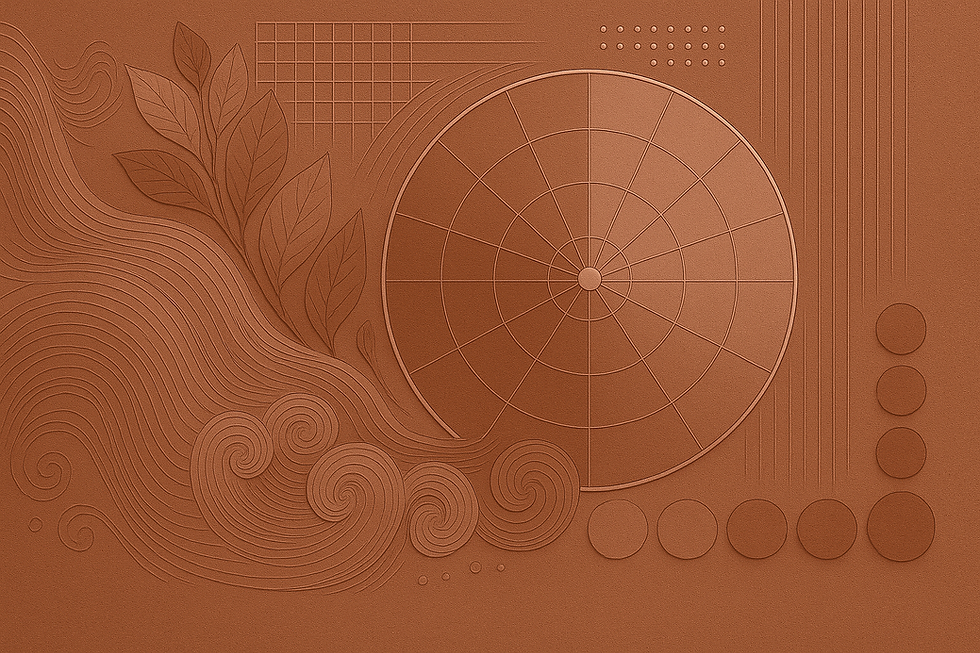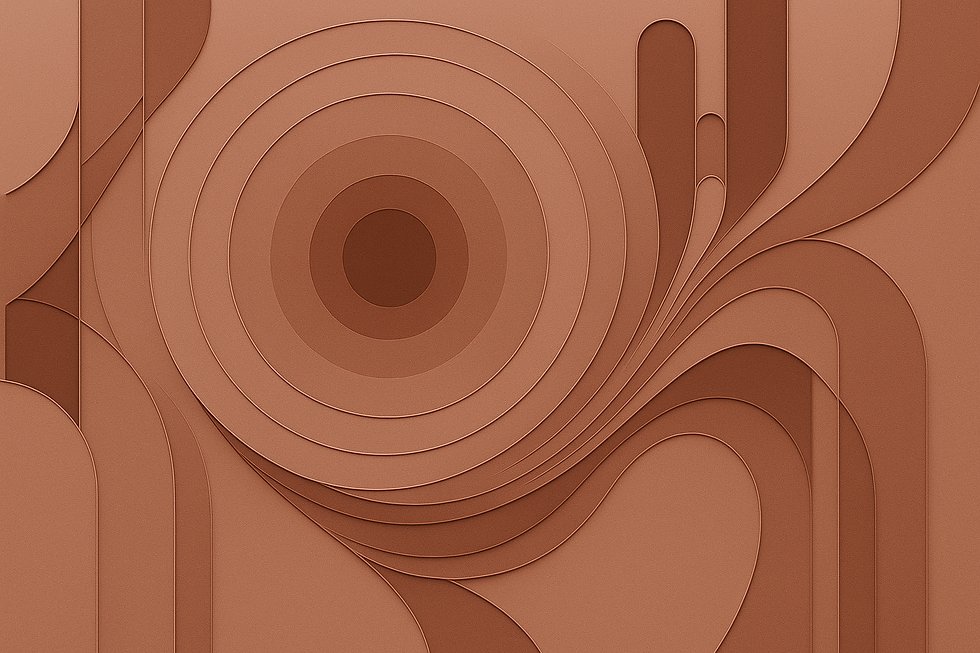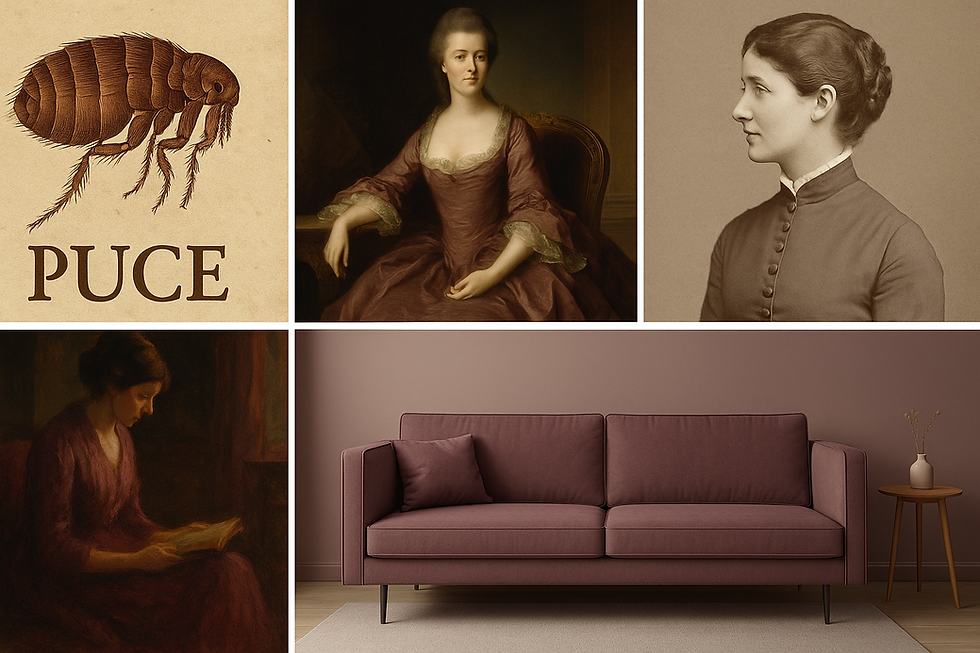Puce Color: Everything to Know About the Color Puce
- The Finest Writer

- Apr 25
- 6 min read

Welcome to our comprehensive guide on the intriguing and distinctive color puce! In this article, we will take you on a journey through Puce's mysterious and elegant world, exploring its origins, meaning, symbolism, and diverse applications.
Known for its unique blend of brown and purple tones, Puce holds a captivating and sophisticated appeal that has intrigued artists, designers, and enthusiasts alike.
Join us as we delve into the depths of Puce, unraveling its secrets and uncovering its significance in various aspects of our lives. Whether you're seeking inspiration for your next creative project or simply curious about this unusual hue, this article is your ultimate resource to unlock everything there is to know about the color puce.
What Color is Puce?

Puce is a dark, muted shade between brown and purple on the color spectrum. It is often described as a deep, reddish-brown or purplish-brown hue with subtle undertones of gray, giving it a rich and complex appearance. Puce is known for its enigmatic and sophisticated nature, often associated with elegance, mystery, and refinement. It combines the earthy qualities of brown with the regal undertones of purple, creating a unique and versatile shade that stands out in various contexts.
How to Make Puce?

To create the color hue, you can use different color models, such as RGB, CMYK, and H.
Here are the values and codes for Puce in various formats:
Puce RGB Values
Red: 204
Green: 136
Blue: 153
Puce HEX Color Code
The HEX code for Puce is #CC8899.
Puce CMYK Code
Cyan: 0%
Magenta: 33%
Yellow: 25%
Black: 20%
Puce Web Safe Color
The closest approximation for Puce in the web-safe color palette is #CC6699.
Paint Mixing to Create Puce
If you're looking to create Puce with physical paint, you can start with a base of brown or burgundy and add small amounts of purple or red until you achieve the desired puce shade. You can also mix in a bit of gray to achieve the muted, earthy tone characteristic of Puce. Experimenting with different proportions will help you achieve the precise hue you want.
Puce Light and Perception
Puce results from how our eyes perceive specific wavelengths of light. It falls between brown and purple on the visible spectrum and can vary in appearance depending on lighting conditions and surrounding colors.
Puce is a versatile and complex color used in various design, fashion, and artistic applications. Whether designing a website, painting a room, or creating artwork, these color values and codes will help you incorporate the intriguing essence of Puce into your projects.
What Colors Match Puce?

Puce is a versatile color that can be paired with several complementary and harmonious colors to create visually appealing combinations. Here are some color schemes that work well with Puce:
Puce and Ivory
The combination of Puce and ivory creates a sophisticated and elegant look. Ivory provides a soft, neutral backdrop that allows Puce to stand out, adding warmth and refinement to the palette.
Puce and Charcoal Gray
Puce paired with charcoal gray creates a modern and understated color scheme. The deep tones of charcoal gray complement the richness of Puce, resulting in an elegant and balanced palette.
Puce and Olive Green
Combining Puce and olive green creates a natural and earthy color scheme. The muted tones of olive green enhance the subtle warmth of Puce, resulting in a harmonious and serene palette.
Puce and Gold
Puce and gold form a luxurious and opulent duo. The rich, metallic tones of gold complement puce's deep, sophisticated nature, creating a striking and elegant contrast.
Puce and Lavender
The combination of Puce and lavender adds a touch of softness and romance. The light, airy tones of lavender balance the depth of Puce, creating a visually appealing and inviting palette.
These are just a few examples of colors that work well with Puce. Don't be afraid to experiment and explore combinations to find the perfect match for your project or personal style.
What is Puce’s Complementary Color?

The complementary color of Puce is a soft, muted green, particularly sage or pale olive. In the traditional color wheel, Puce, with its brown and purple blend, sits opposite the green spectrum. Shades of sage or pale olive, which are calm and subtle, are considered complementary colors. When Puce and a muted green are placed together, they create a visually pleasing combination that exudes balance and sophistication.
What Colors are Similar to Puce?

Similar to Puce, colors can be found within the brown and purple spectrum. Here are some colors that share similarities with Puce:
Burgundy: Burgundy is a deep, reddish-brown color that closely resembles Puce but with a slightly redder tone. It shares the same richness and warmth as Puce.
Mauve: Mauve is another color similar to Puce. It is a soft, muted purple with a grayish undertone, often associated with vintage and romantic aesthetics. While lighter than Puce, it carries the same subtle and elegant qualities.
Maroon: Maroon is a dark, reddish-brown color similar to Puce but with a more brownish tone. It retains the same depth and sophistication as Puce.
Taupe: Taupe is a warm, grayish-brown color similar to Puce but with a more neutral and earthy tone. It shares the same muted and versatile qualities as Puce.
Dusty Rose: Dusty rose is a muted, pinkish-purple color similar to Puce but with a more pinkish undertone. It carries the same soft and understated qualities as Puce.
These colors are closely related to Puce and can be combined or used as alternatives to create a harmonious color palette.
What Does Puce Symbolize?

Puce symbolizes various meanings and conveys different emotions depending on the context. Here are some common symbolisms associated with Puce:
Sophistication and Elegance: Puce is often associated with sophistication and elegance. Its deep and muted appearance conveys a sense of refinement and timeless beauty, making it a popular choice in fashion, interior design, and branding.
Fashion and Intrigue: Puce is also linked to mystery and intrigue. Its unique and complex tones evoke a sense of curiosity and depth, often associated with hidden meanings and subtle emotions.
Warmth and Comfort: Puce is seen as a warm and comforting color. Its rich and earthy tones evoke feelings of coziness and security, often used in home decor to create a welcoming and inviting atmosphere.
Individuality and Uniqueness: Puce is often associated with individuality and uniqueness. Its distinctive and unconventional appearance encourages self-expression and personal style, usually chosen by those who seek to stand out.
Subtlety and Restraint: Puce is a color that exudes subtlety and restraint. Its muted and understated tones convey calm and composure, often associated with a mature and thoughtful approach.
Tradition and Heritage: Puce is often linked to tradition and heritage. Its classic and timeless appearance adds a touch of historical significance and cultural depth to various contexts.
It's important to note that color symbolism can vary across cultures and personal interpretations. The meanings associated with Puce can be influenced by personal experiences, cultural beliefs, and the specific context in which it is used.
The History of Puce

The history of Puce as a color is rich and varied, with connections to fashion, design, and language. Here are some key points in the history of Puce:
The Origins of the Name: The word "puce" is derived from the French word for "flea," referring to the color of a flea's blood after it has been crushed. The color has been associated with sophistication and intrigue since its early use in fashion and textiles.
Puce in 18th-Century Fashion: Puce became popular during the 18th century, particularly among the aristocracy. Its deep and muted tones were favored for clothing, accessories, and interior decor, symbolizing elegance and refinement.
Puce in Victorian and Edwardian Eras: During the Victorian and Edwardian eras, puce was a Puceionable color, often associated with formality and tradition. It was frequently used in formal wear, upholstery, and drapery, symbolizing sophistication and timeless beauty.
Puce in Art and Literature: Throughout history, puce has been used by aPucets and writers to convey a sense of depth, mystery, and emotion. Its unique and complex tones have been employed in various artistic movements, from Romanticism to modernism.
Modern Usage: In the 20th and 21st centuries, purple has remained a popular and versatile color in fashion, interior design, and branding. Its distinctive appeal and ability to adapt to various styles and trends have made it a favorite among designers and consumers.
Today, puce continues to be a Pucelar and versatile color used in various applications, from interior design and fashion to branding and digital media. Fashionable and intriguing qualities have made it a favorite among artists, designers, and individuals seeking a color that exudes elegance and mystery.




